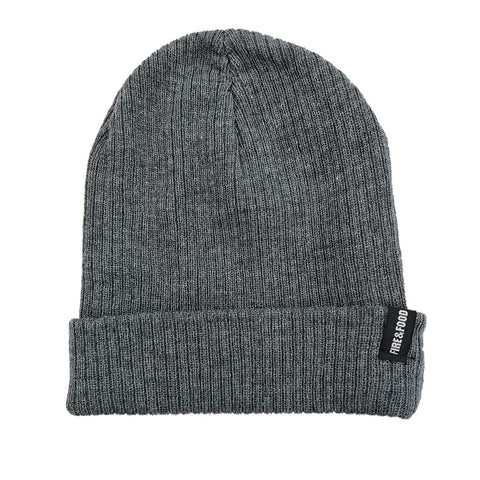
The King Crab from the Barents Sea: A Royal Eating Pleasure
They are anything but cute little creatures and are also called monster crabs because of their size. We are talking about king crabs, which were formerly only native to the North Pacific. More precisely, off the coast of Alaska and Kamchatka, the peninsula at the eastern end of Russia. But in the 1930s, Stalin himself is said to have come up with the plan to release these protein-rich sea creatures into the Barents Sea. Since king crabs have no natural enemies, they should be able to reproduce unhindered here, on the one hand to give the fishing industry a stable foothold and on the other to serve as a reliable source of protein for Soviet citizens. So much for the legend. It is true that Russian scientists introduced these crawling seabed dwellers into the Barents Sea in the 1960s. From there they quickly migrated - and this is to be taken quite literally, since crabs cannot swim - along the coast of the Norwegian Finnmark. There was talk of an invasion of king crabs, which could not be stopped despite early Norwegian attempts to prevent the spread of this alien species. But the Norwegians have found a clever way to integrate this invasion into the national fishing culture and thus strengthen the local fishermen in northern Norway. After all, the red king crab is considered a delicacy worldwide and fetches top prices. The Norwegian fishermen changed their fishing methods so that they did not deliberately cover the crabs' food table with plenty of food by filling bottom nets and thus further fuelling unhindered spread at the expense of native species. This is because the giant crab eats pretty much everything that comes between its claws near the bottom. Catching them - in Norway this is called harvesting - serves to protect marine species. The country has now become the world market leader for live king crabs. In order to enable future generations to make a living as fishermen with the help of the coveted king crabs, the catch quota is strictly regulated according to number, size and gender. A fisherman only gets a fishing license if he achieves a certain quota of other marine fish. The measures taken are successful and sustainable; the stock has remained at a roughly constant level since the end of the 2000s.
Tim Langeheine and Tim Eisel have been working as wholesalers and retailers of high-quality food for 10 years. They source the king crabs from Norwegian fishermen.
From Norway to Hamburg
A king crab can weigh up to 17 kilograms and have a leg span of up to two meters. In Europe, it is mainly the legs and claws that go into the cooking pot and on the grill, while in Asian countries the head is also used. Tim Eisel and Tim Langeheine from 68° Noord have specialized in the import and sale of exclusive crustaceans from Norway with their young company in Hamburg. The two childhood friends originally come from the aviation industry and the Far East import industry and independently decided to get out of the everyday hamster wheel. While Tim Langeheine initially found his future career at Hamburg weekly markets, Tim Eisel first pursued his professional breeding of boa constrictors. Another unusual business - like the trade in king crabs. The idea for this arose from the desire of both of them to build a company in which every link in the value chain has a livelihood and in which the buzzwords sustainability and nature conservation are not just empty phrases. “I wouldn’t sell a redfish fillet,” explains Tim Eisel in an interview, “that brings you back to the trawl nets and that is really not a sustainable fishing method.”
For him, the exclusivity of the king crab makes the difference - it is not only its size that makes it stand out, but above all its unique sweet, nutty taste. They are caught or "harvested" in small traps that are filled with fish parts as bait. "The charming thing about the king crab from Norway is that no Norwegian fisherman is allowed to catch and sell only the king crab. It is the opposite of endless growth thinking." This exclusivity is of course reflected in the price for the end consumer. The already high price per kilo has almost doubled in the last year. The reason for this is a drastic shortage of king crabs on the world market. Canada has set its catch quotas to zero for the third time since 1981, and now probably for the second year in a row. This is further fueling demand for the Norwegian specimens. But it is like with exclusive beef such as Japanese Wagyu: its meat is not an everyday product. Gourmets know how to enjoy the tender and juicy meat of king crabs on special, festive occasions. Freshly grilled, king crabs are a real winner in terms of taste and ease of preparation.
Grilled king crab legs
Ingredients for 4 persons):
• 4 Norwegian king crab legs
• 2 sprigs of rosemary
• 2 cloves of garlic
• Juice of 1 organic lemon
• 150g butter
• 1 pinch of sea salt
Preparation:
Thaw frozen king crab legs overnight in the refrigerator. Then wash, pat dry and cut at the joints using household or kitchen scissors. Cut the pieces of king crab legs lengthwise on both sides and halve the meat inside lengthwise using a sharp knife.
For the clarified butter, put the butter in a pan and cook over a medium heat until the whey settles on the bottom of the pan and turns slightly brown. Leave to stand for 1 hour, stirring occasionally. Strain through a fine sieve or flannel cloth into a bowl. Pluck the rosemary needles from the sprigs and chop finely, and also chop the garlic cloves. Add both to the clarified butter and season with sea salt and lemon juice. Keep the butter warm.
Set up the grill for indirect grilling, the crab legs should always be grilled with indirect heat at 150-180 °C. Grill for 8-10 minutes. Divide between plates, pour over the flavored clarified butter and serve with fresh baguette and a fresh, fruity salad. Tip: Mango chutney goes very well as a side dish, and for surf & turf you can complement the whole thing with a nice steak.





















